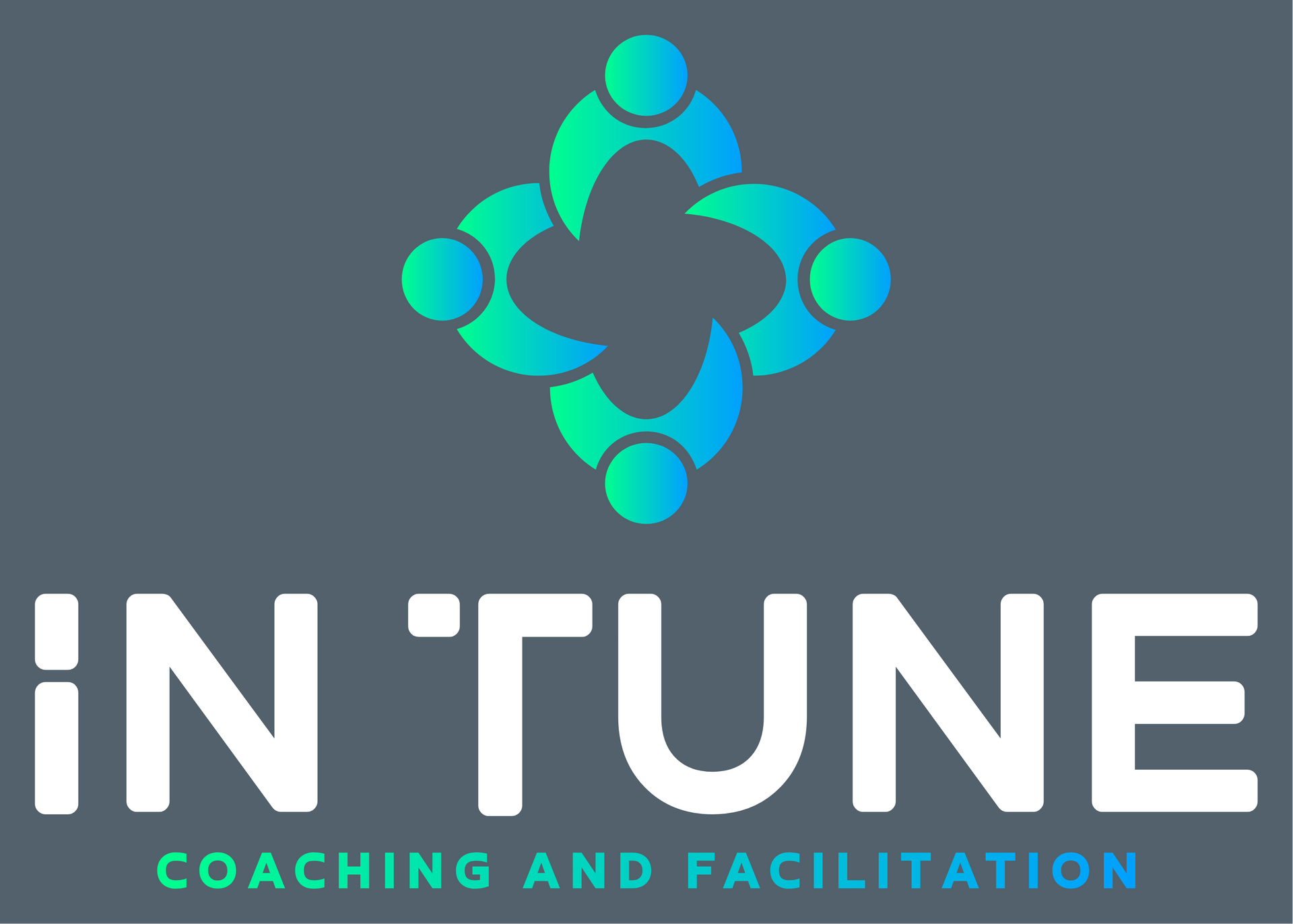Purpose Before Practice: Why Visualization Needs a Moral Compass
"When the meaning is clear, effort becomes devotion." — Inspired by Marlo’s coaching philosophy

Too many leaders jump into visualization, vision boards, and daily affirmations hoping they'll magically propel them forward. They repeat phrases, imagine success, and then wonder why momentum fades when decisions get messy. The missing ingredient isn’t technique — it’s a center. Visualization without anchored purpose is like GPS without a destination: pretty images, no direction.
Stephen Covey’s insight flips the script: true visualization and affirmation flow from well-thought-out purposes and principles. When your inner map is aligned with your deepest values, mental rehearsal becomes reliable fuel instead of fragile fantasy.
We live in a coaching culture that prizes tools and tactics. That’s useful — until tactics substitute for truth. In leadership, a charismatic affirmation can win a week; a purpose-driven practice wins a career. This matters because organizations and teams are starving for leaders who create clarity, model consistency, and make principled choices under pressure. Visualization and affirmations are powerful — but only when they’re rooted in a stable center: purpose (the why) and principles (the how).
This piece is for leaders, founders, coaches, and creators who want disciplined inner practices that produce sustained outer results — not just bursts of motivation.
The Core Framework: Purpose → Principles → Practice
Think of effective personal leadership as a pyramid where visualization and affirmation sit at the top — visible and influential — but only because the base is solid.
- Base: Purpose — your enduring why. This is the compass: what you’re for, not just what you want to achieve.
- Middle: Principles — the operating rules that translate purpose into daily choices (e.g., candid communication, stewardship, incremental progress).
- Top: Practice — visualization and affirmation: mental rehearsals and declarations that align your emotions and attention with the path defined below.
Metaphor: A lighthouse. Purpose is the lighthouse’s location (why it exists). Principles are the lamp’s engineering and schedule (how it operates). Visualization/affirmation are the beam sweeping across a foggy night — only useful because the lighthouse is fixed and reliable.
Define Your Purpose (30–60 minutes)
- Draft a One-Sentence Purpose Statement
- Write: “I exist to…” or “I lead to…” Keep it concise. Test it against long-term decisions: if a big choice doesn’t align, it’s probably noise.
- Quick exercise: Identify three stakeholders your purpose serves (team, customer, future self) and why that matters.
Translate Purpose into 3 Guiding Principles (1 hour)
- Make Principles Operational
- Example principles: “Choose clarity over cleverness,” “Protect learning time,” “Lead with candid care.”
- For each principle, add a one-line behavior: how it shows up in meetings, hiring, feedback.
Create Purpose-Driven Visualizations (5–10 minutes daily)
- Visualize Decisions, Not Outcomes
- Visualize yourself making hard decisions that align with principles (e.g., delivering tough feedback with empathy). This trains you for the moment of pressure, not just the end result.
- Affirmations become truth statements tied to principles: “I choose clarity first,” rather than vague success claims.
Design a Principle-Test (Weekly)
- Reality-Check Ritual
- Each week, ask: “Where did my actions align with purpose? Where did they deviate?” Use a short journal: 3 wins, 1 lesson, 1 corrective step.
Embed in Team Rhythm (Monthly)
- Share Purpose & Principles Publicly
- Start team meetings with a one-line purpose reminder and one principle-focus. Make the language simple so others can see and hold you accountable.
Micro-Tools (practical, repeatable)
- Morning 3-min visualization: rehearse the toughest conversation you might have that day aligned with a principle.
- Midday affirmation pause: one line tied to purpose (e.g., “I lead to create clarity”).
- End-of-day 2-question review: “Did I act on purpose?” & “What principle guided me?”
Visualization and affirmation are potent when they serve a life centered on purpose and guided by clear principles. Without that foundation, mental practices become wishful thinking. With it, they become rehearsal for integrity — training your heart and mind to choose well under pressure.
Take one immediate step: write a one-sentence purpose statement and pick one principle to test this week. Use the 3-minute visualization to rehearse a principled action. After seven days, reflect: did your mental practice change your choices?
Recommended Reading
- The 7 Habits of Highly Effective People — Stephen R. Covey (Amazon)
- The Power of Habit — Charles Duhigg (Amazon)
- Start with Why — Simon Sinek (Amazon)
- Think Again — Adam Grant (Amazon)
As an affiliate, I earn from qualifying purchases made through the links on this page.
Stay Tuned with Tune In: Your Go-To for Inspiration and Personal Growth
Join the In Tune community and get exclusive updates on our latest blog posts straight to your inbox! ✨
From mindfulness tips to insights on living a more fulfilling life, we’ve got the tools to help you tune into your best self.
Sign up today and never miss a beat! 🎶




